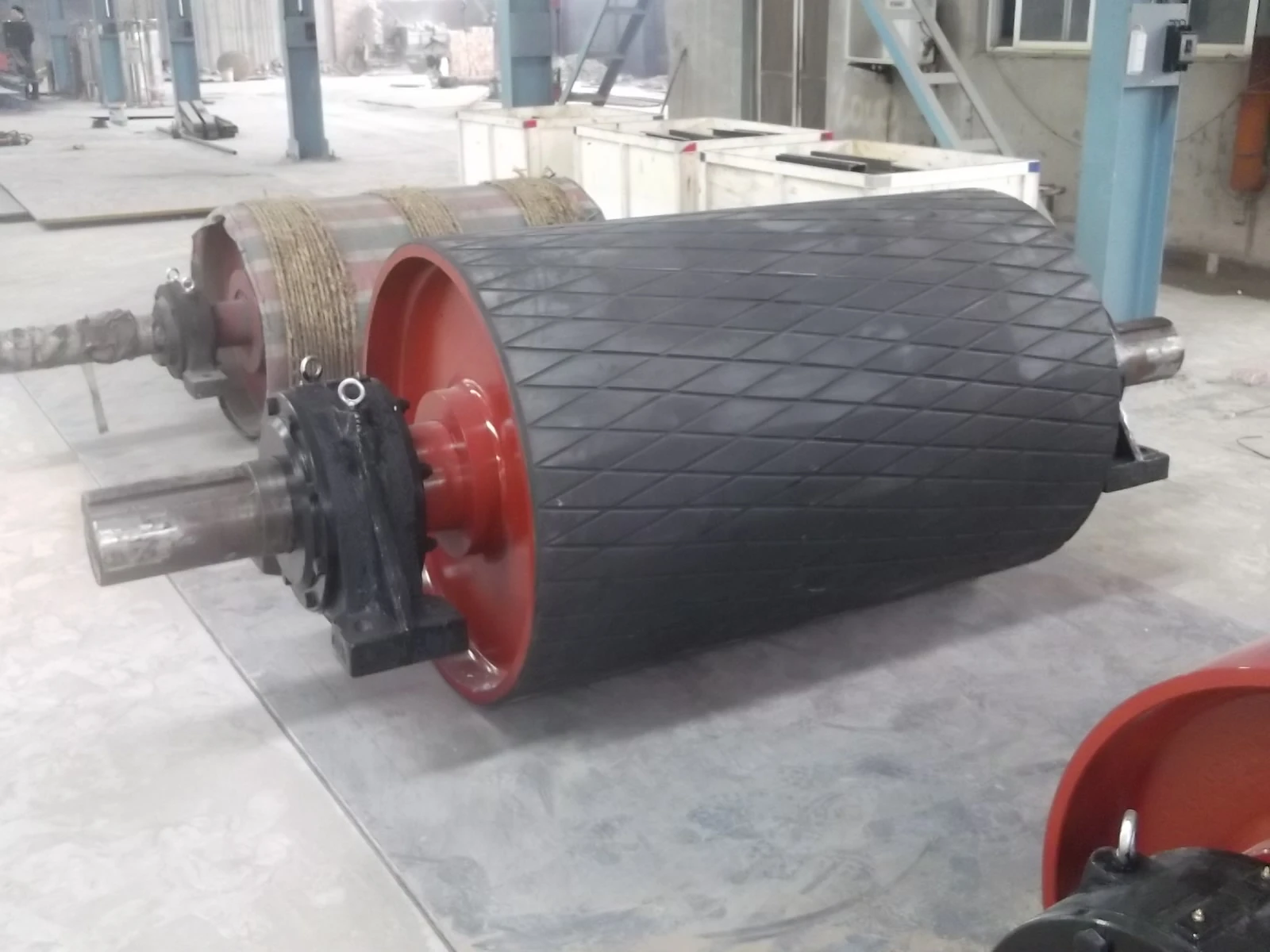 Afrikaans
Afrikaans  Albanian
Albanian  Amharic
Amharic  Arabic
Arabic  Armenian
Armenian  Azerbaijani
Azerbaijani  Basque
Basque  Belarusian
Belarusian  Bengali
Bengali  Bosnian
Bosnian  Bulgarian
Bulgarian  Catalan
Catalan  Cebuano
Cebuano  Corsican
Corsican  Croatian
Croatian  Czech
Czech  Danish
Danish  Dutch
Dutch  English
English  Esperanto
Esperanto  Estonian
Estonian  Finnish
Finnish  French
French  Frisian
Frisian  Galician
Galician  Georgian
Georgian  German
German  Greek
Greek  Gujarati
Gujarati  Haitian Creole
Haitian Creole  hausa
hausa  hawaiian
hawaiian  Hebrew
Hebrew  Hindi
Hindi  Miao
Miao  Hungarian
Hungarian  Icelandic
Icelandic  igbo
igbo  Indonesian
Indonesian  irish
irish  Italian
Italian  Japanese
Japanese  Javanese
Javanese  Kannada
Kannada  kazakh
kazakh  Khmer
Khmer  Rwandese
Rwandese  Korean
Korean  Kurdish
Kurdish  Kyrgyz
Kyrgyz  Lao
Lao  Latin
Latin  Latvian
Latvian  Lithuanian
Lithuanian  Luxembourgish
Luxembourgish  Macedonian
Macedonian  Malgashi
Malgashi  Malay
Malay  Malayalam
Malayalam  Maltese
Maltese  Maori
Maori  Marathi
Marathi  Mongolian
Mongolian  Myanmar
Myanmar  Nepali
Nepali  Norwegian
Norwegian  Norwegian
Norwegian  Occitan
Occitan  Pashto
Pashto  Persian
Persian  Polish
Polish  Portuguese
Portuguese  Punjabi
Punjabi  Romanian
Romanian  Russian
Russian  Samoan
Samoan  Scottish Gaelic
Scottish Gaelic  Serbian
Serbian  Sesotho
Sesotho  Shona
Shona  Sindhi
Sindhi  Sinhala
Sinhala  Slovak
Slovak  Slovenian
Slovenian  Somali
Somali  Spanish
Spanish  Sundanese
Sundanese  Swahili
Swahili  Swedish
Swedish  Tagalog
Tagalog  Tajik
Tajik  Tamil
Tamil  Tatar
Tatar  Telugu
Telugu  Thai
Thai  Turkish
Turkish  Turkmen
Turkmen  Ukrainian
Ukrainian  Urdu
Urdu  Uighur
Uighur  Uzbek
Uzbek  Vietnamese
Vietnamese  Welsh
Welsh  Bantu
Bantu  Yiddish
Yiddish  Yoruba
Yoruba  Zulu
Zulu conveyor carrying roller
The Essential Role of Conveyor Carrying Rollers in Modern Logistics
In the ever-evolving landscape of logistics and manufacturing, efficiency is paramount. One of the unsung heroes of this industry is the conveyor carrying roller, a vital component in the conveyor system that significantly enhances operational productivity. These rollers play a crucial role in the movement and transport of goods, ensuring that products are delivered to their destination swiftly and safely.
What are Conveyor Carrying Rollers?
Conveyor carrying rollers are cylindrical components that support and guide the conveyor belt. They are typically positioned at the base of the belt, enabling it to move smoothly along the designated path. Made from various materials such as steel, plastic, or rubber, these rollers are designed to withstand substantial loads while minimizing friction. This reduction in friction is essential, as it optimizes energy consumption and prolongs the lifespan of both the rollers and the belt.
Types of Conveyor Carrying Rollers
There are several types of conveyor carrying rollers, each designed for specific applications. The most common types include
1. Idler Rollers These are the non-driven rollers that support the conveyor belt and help it maintain stability. They can be further divided into smooth, rubber-coated, and steel variants depending on the material being transported.
2. Drive Rollers Unlike idler rollers, drive rollers are powered rollers that contribute to moving the conveyor belt. They are crucial for high-load operations and often feature gear systems to enhance performance.
conveyor carrying roller

3. Return Rollers Designed to support the belt on its return path, return rollers ensure that the conveyor operates efficiently. They help in removing debris and maintaining cleanliness in the conveyor system.
Importance of High-Quality Rollers
Investing in high-quality conveyor carrying rollers is essential for maintaining overall system efficiency. Rollers that are poorly designed or made from inferior materials can lead to increased friction, excessive wear and tear, and occasional failures. This not only disrupts the workflow but can also lead to costly downtimes.
Regular maintenance and inspection of rollers are crucial to ensuring their optimal performance. Simple practices, such as cleaning the rollers and lubricating moving parts, can significantly extend their service life and enhance conveyor system efficiency.
Applications Across Industries
Conveyor carrying rollers are versatile components used across a wide range of industries, including manufacturing, mining, food processing, and logistics. In manufacturing, they facilitate smooth assembly lines; in mining, they are integral for transporting raw materials. The food industry relies on rollers for hygienic and efficient movement of products, while logistics hubs depend on their reliability for swift goods handling.
Conclusion
In conclusion, conveyor carrying rollers are indispensable in modern logistics and manufacturing environments. Their ability to support continuous movement and transport of goods makes them a critical component of conveyor systems. By selecting high-quality rollers and ensuring their maintenance, businesses can enhance operational efficiency and reduce the risk of disruptions. As industries continue to grow and evolve, so too will the innovations surrounding conveyor carrying rollers, solidifying their role in efficient logistics management.
-
Revolutionizing Conveyor Reliability with Advanced Rubber Lagging PulleysNewsJul.22,2025
-
Powering Precision and Durability with Expert Manufacturers of Conveyor ComponentsNewsJul.22,2025
-
Optimizing Conveyor Systems with Advanced Conveyor AccessoriesNewsJul.22,2025
-
Maximize Conveyor Efficiency with Quality Conveyor Idler PulleysNewsJul.22,2025
-
Future-Proof Your Conveyor System with High-Performance Polyurethane RollerNewsJul.22,2025
-
Driving Efficiency Forward with Quality Idlers and RollersNewsJul.22,2025





























